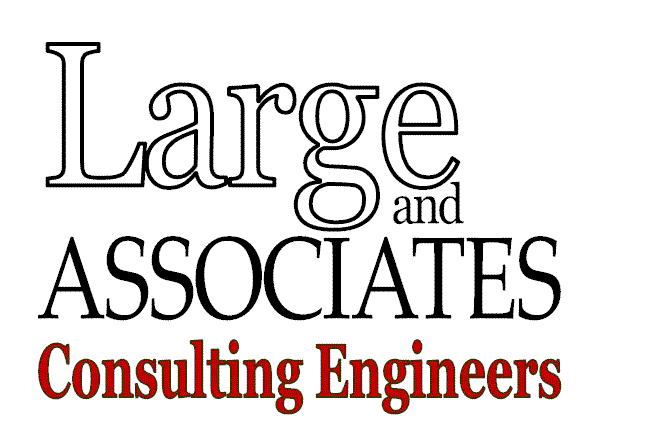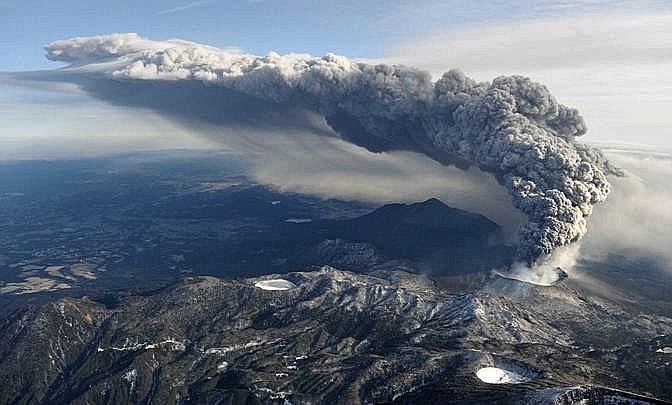

|
Large & Associates
Consulting Engineers |
 |
R3233 - Anomalies in the Forged Components of le Creusot Forge
In late 2014, AREVA notified Autorité de Sûreté Nucléaire (ASN) of the results of material tests carried out on a component manufactured at the Creusot Forge. These tests were undertaken by AREVA as part of the much-delayed Qualification Technique of components for the European Pressurised Reactor (EPR) presently under construction at the Flamanville 3 nuclear power plant. The part tested was a supernumerary equivalent of each of the two components, the upper and lower head shells, that had already been incorporated into the FA3 reactor pressure vessel now installed within the nuclear island at the NPP site. |
 |
R3229 Tephra Fall-Out and Operational Safety of Sendai Nuclear Power Plants The Review comprises three aspects of the present nuclear safety measures relating to the functioning of the Sendai nuclear power plant (NPP) when subject to high levels of tephra ash fallout from an erupting volcanic event. |
 |
R3218 San Onofre Nuclear Generating Station - Replacement Steam Generator After 25 years of operation, the San Onofre operator, Southern California Edison (SCE), replaced the original steam generators of Units 2 and 3 reactor power plants. Units 2 and 3 are virtually identical pressurized water reactors (PWR) built by Combustion Engineering (CE) and commissioned in 1983 and 1984; each original plant included two steam generators (SGs), both containing about 9,400 thin-walled tubes. |